News
![The ultimate goal of the Drug Discovery Institute research program is to bring scientific discoveries and technological advances to the marketplace. [Photo from Getty Images.] The ultimate goal of the Drug Discovery Institute research program is to bring scientific discoveries and technological advances to the marketplace. [Photo from Getty Images.]](/sites/ccoe.egr.uh.edu/files/images/news/2020/drug-discovery-newsroom.jpg)
|
New Drug Discovery Institute Launches at University of Houston The University of Houston has launched the Drug Discovery Institute (DDI) aimed at integrating new technologies, such as artificial intelligence, to streamline and modernize the… Read More |
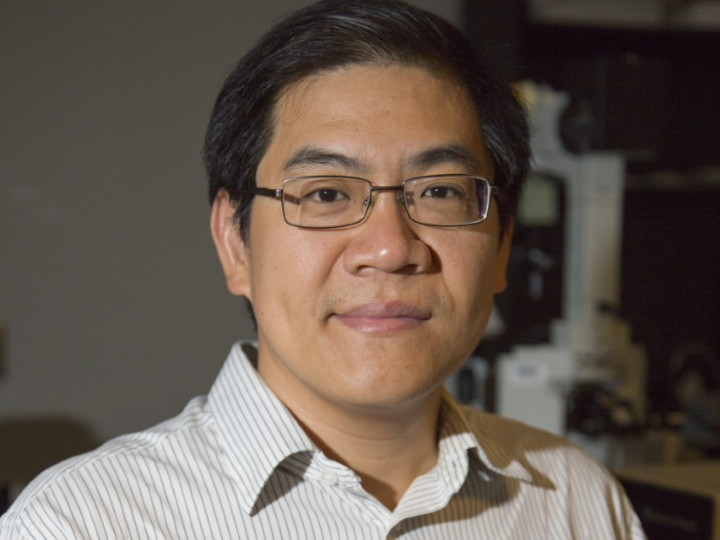
|
New Technology Allows More Precise View of the Smallest Nanoparticles Imaging Technology Offers Advantages for Diagnostics, Other Uses Current state-of-the-art techniques have clear limitations when it comes to imaging the smallest nanoparticles,… Read More |

|
Papers from Cullen College of Engineering professors make the grade, analysis finds Several professors and researchers at the University of Houston are among the most cited in the world, according to an October 2020 update by researchers from Stanford about paper… Read More |
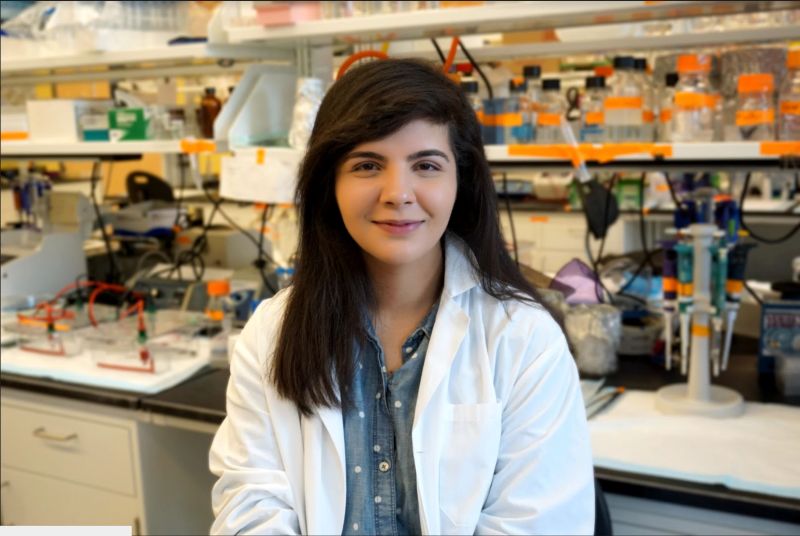
|
UH researchers discovering unique elegance of eye’s cell biology New research from the Cullen College of Engineering’s Biomedical Engineering Department is shedding light on how rod and cone photoreceptors in the eye work and interact. The… Read More |
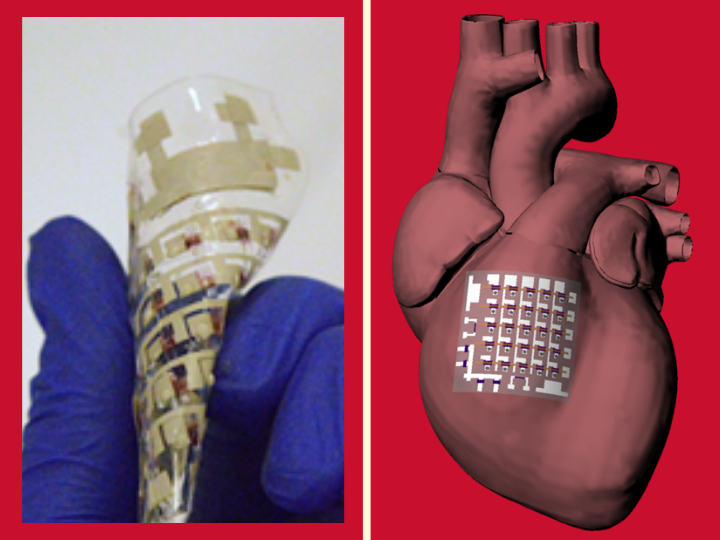
|
Implantable Device Can Monitor and Treat Heart Disease Researchers Report Rubbery Bioelectronic Cardiac Patch Pacemakers and other implantable cardiac devices used to monitor and treat arrhythmias and other heart problems have… Read More |
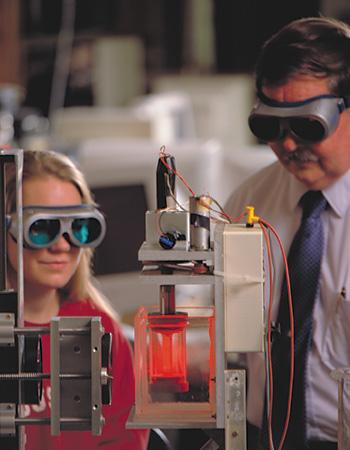
|
Mechanical Engineering earns #6 spot for value in College Factual 2021 ranking The Mechanical Engineering program at the University of Houston’s Cullen College of Engineering ranked No. 6 in College Factual’s most recent rankings for the best value schools… Read More |
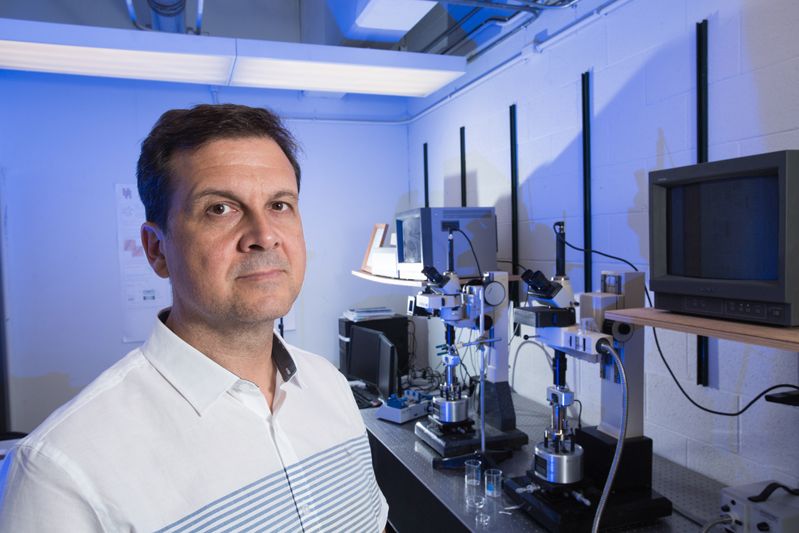
|
New paper from Vekilov Research Group changes fundamental thinking on crystal formation A new paper from the Vekilov Research Group at the University of Houston’s Cullen College of Engineering is shedding light on how crystals form, and in the process, overturning a… Read More |
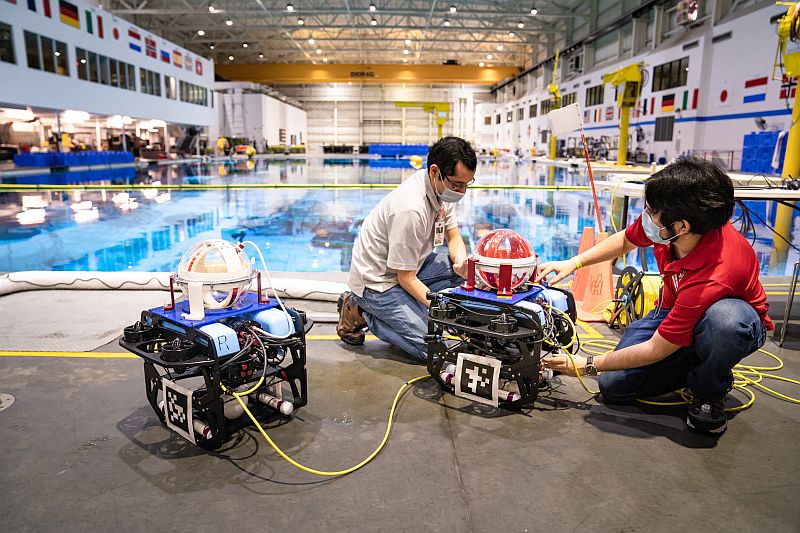
|
Subsea Systems Institute Receives $9.5 Million for Research, Economic Development Efforts Will Advance Workforce Training, Safety and Sustainability A national research center focused on offshore energy has received $9.5 million for workforce training and to… Read More |
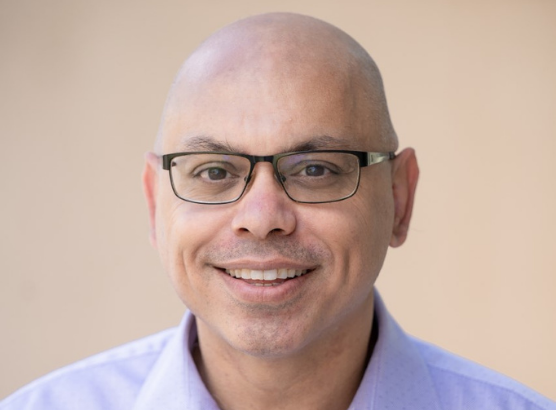
|
How Do Snakes ‘See’ in the Dark? Researchers Have an Answer Certain species of snake – think pit vipers, boa constrictors and pythons, among others – are able to find and capture prey with uncanny accuracy, even in total darkness. Now… Read More |
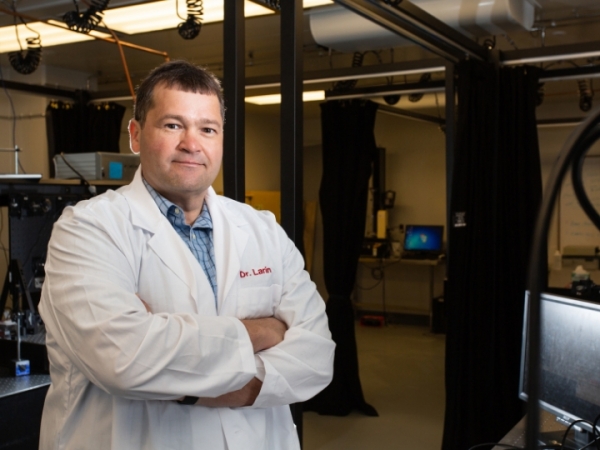
|
New Technology Could Improve LASIK Surgery, Eye Disease Detection UH Professor to Create Ultrafast 3D Clinical Imaging System LASIK eye surgery – a laser reshaping of the cornea to improve vision – is one of the most popular elective surgeries… Read More |
Pagination
- Previous page
- Page 77
- Next page